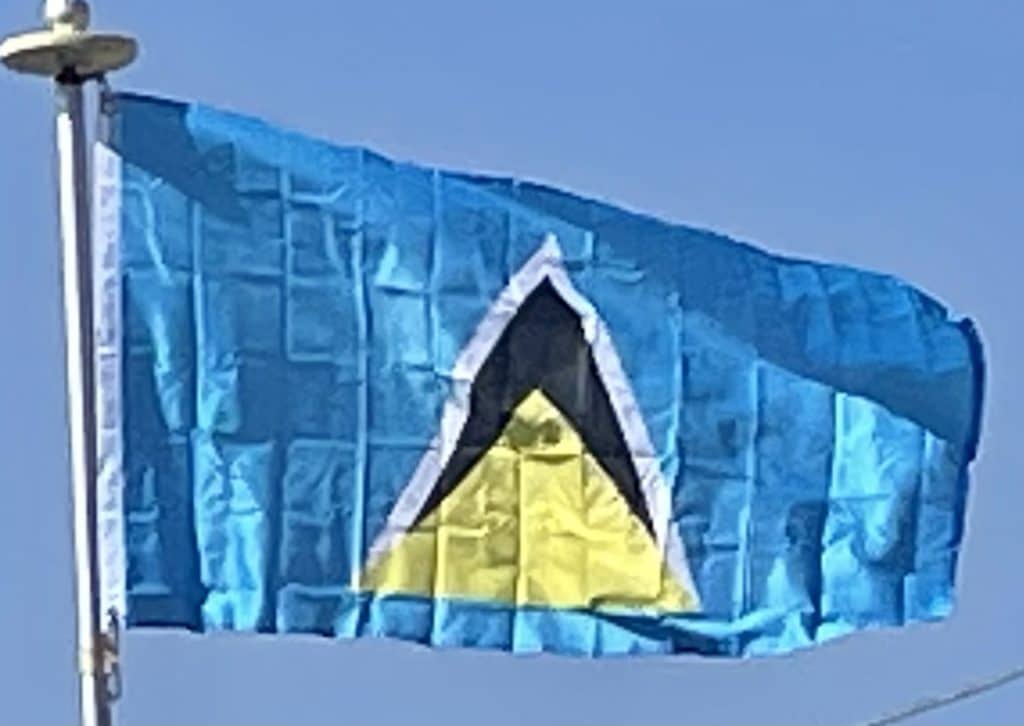An educated workforce and improvements in roads, communications, water supply, sewerage, and port facilities have attracted foreign investment in tourism and in petroleum storage and transshipment. However, with the US, Canada, and Europe in recession, tourism declined by double digits in early 2009. The recent change in the European Union import preference regime and the increased competition from Latin American bananas have made economic diversification increasingly important in Saint Lucia.
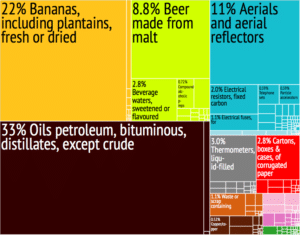
Saint Lucia has been able to attract foreign business and investment, especially in its offshore banking and tourism industries, which is Saint Lucia’s main source of revenue. The manufacturing sector is the most diverse in the Eastern Caribbean area, and the government is trying to revitalize the banana industry. Despite negative growth in 2011, economic fundamentals remain solid, and GDP growth should recover in the future.
Inflation has been relatively low, averaging 5.5 percent between 2006 and 2008. Saint Lucia’s currency is the East Caribbean Dollar (EC$), a regional currency shared among members of the Eastern Caribbean Currency Union (ECU). The Eastern Caribbean Central Bank (ECCL) issues the EC$, manages monetary policy, and regulates and supervises commercial banking activities in member countries. In 2003, the government began a comprehensive restructuring of the economy, including elimination of price controls and privatization of the state banana company.
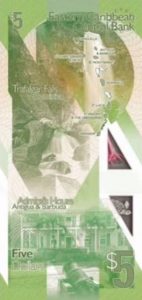
Tourism is vital to Saint Lucia’s economy. Its economic importance is expected to continue to increase as the market for bananas have become more competitive. Tourism tends to be more substantial during the dry season (January to April), often referred to as the tourist season. Saint Lucia tends to be popular due to its tropical weather and scenery and its beaches and resorts.
Other tourist attractions include a drive-in volcano, Sulphur Springs (in Soufrière), zip lining in at Sault Falls, Dennery, the Botanical Gardens, the Majestic twin Peaks “The Pitons”, a world heritage site, the rain forests, several options of boat trips, Frigate Island Nature Reserve (Operated by the St. Lucia National Trust), Dennery, and Pigeon Island National Park, which is home to Fort Rodney, an old British military base.
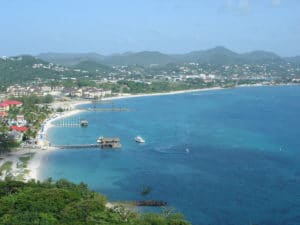
The majority of tourists visit Saint Lucia as part of a cruise. Most of their time tends to be spent in Castries, although Soufriere, Marigot Bay, Rodney Bay and Gros Islet are also tourist destinations.
Transportation:
Saint Lucia is served by two airports. Larger jets arrive at Hewanorra International Airport located in Vieux Fort, 40 miles South of Castries (which is the island’s capital and largest city). Smaller inter-island planes land at George F.L. Charles Airport, just outside of Castries. Many major airlines serve Saint Lucia. Several smaller airlines fly to George F.L. Charles via neighboring islands.
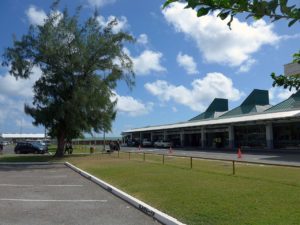
Cruise ships enter the main seaport at Castries, and dock at one of the facilities there. Fast and modern catamaran can be booked for travel to and from the islands of Martinique, Guadeloupe, and Dominica. Yachts dock at various facilities in Castries, Marigot Bay, or Rodney Bay.
